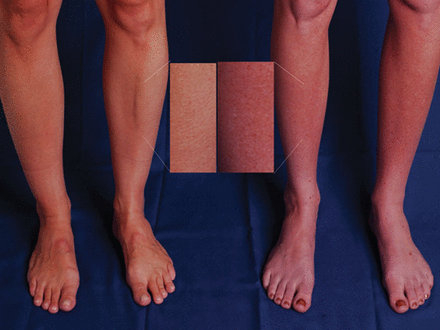Dysautonomia refers to a group of medical conditions caused by problems with the autonomic nervous system (ANS). This part of the nervous system controls involuntary body functions like your heartbeat, breathing and digestion. When the ANS doesn’t work as it should, it can cause heart and blood pressure problems, trouble breathing, pupil dilation and constriction in the eyes, loss of bladder control, chest pain, fatigue and many more. According to Dysautonomia International, dysautonomia affects more than 70 million people worldwide. They come in many forms and can be primary or secondary. Doctors can’t always pinpoint what causes dysautonomia. Sometimes it develops after a trauma or a virus. It may also happen to adolescents after a growth spurt and it is more common in women, but people of all ages can develop the condition
Types of dysautonomia: There are at least 15 types of dysautonomia but today we’d be discussing on just four of them.
1. NCS: NCS called Neurocardiogenic Syncope is the most common dysautonomia, affecting tens of millions of people worldwide. The main symptom is fainting, which can vary significantly in frequency. Some people may only experience it occasionally, whereas in others, it will be frequent enough to disrupt their life. Possible triggers of NCS can be dehydration, stress, alcohol consumptions, or extremely warm environments.
2. POTS: According to an article by My Cleveland Clinic published on the 10th of July, 2020, Postural orthostatic tachycardia syndrome is a disorder that causes problems with circulation (blood flow), and it can cause the heart to beat too fast when you stand up leading to fainting, chest pain and shortness of breath, stomach upset and shaking. In addition, those with POTS are more likely to have an autoimmune disorder, such as Sjogren’s disease or lupus.
3. Multiple system atrophy: Multiple system atrophy (MSA) is rare, with experts estimating that it affects2-5 people in every 100,000. It usually occurs after the age of 40 years. Doctors may mistake it for Parkinson’s disease because the early symptoms of the two conditions are similar. It can lead to heart rate issues, low blood pressure, erectile dysfunction and loss of bladder control.
In the brains of people with MSA, certain regions slowly break down — in particular, the cerebellum, basal ganglia, and brain stem. This leads to motor difficulties, speech issues, balance problems, poor blood pressure, and problems with bladder control.
MSA is neither hereditary nor contagious, and it is not related to multiple sclerosis. Researchers know little else about what may cause MSA, and as a result of this research, there is currently no cure and no specific treatment options. However, people can manage certain symptoms through lifestyle changes and medications.
4. Autonomic dysreflexia: Autonomic dysreflexia (AD) can affect people with spinal cord injuries (SCIs). As a result, doctors class it as a secondary dysautonomia. So, the higher the level of the SCI, the greater the risk of AD. Up to 90% of people with cervical spinal or high thoracic SCIs could develop AD. AD usually involves the irritation of the region below the level of a person’s injury. A range of conditions and injuries can bring on AD, including urinary tract infections and skeletal fractures. Symptoms of AD includes; headaches, nausea, blocked nose, a slow pulse and blotchy skin.
Diagnosis: To diagnose dysautonomia, your doctor will discuss your symptoms, perform a physical exam and may order tests, including diagnostic tests, blood tests and nerve or muscle biopsies.



